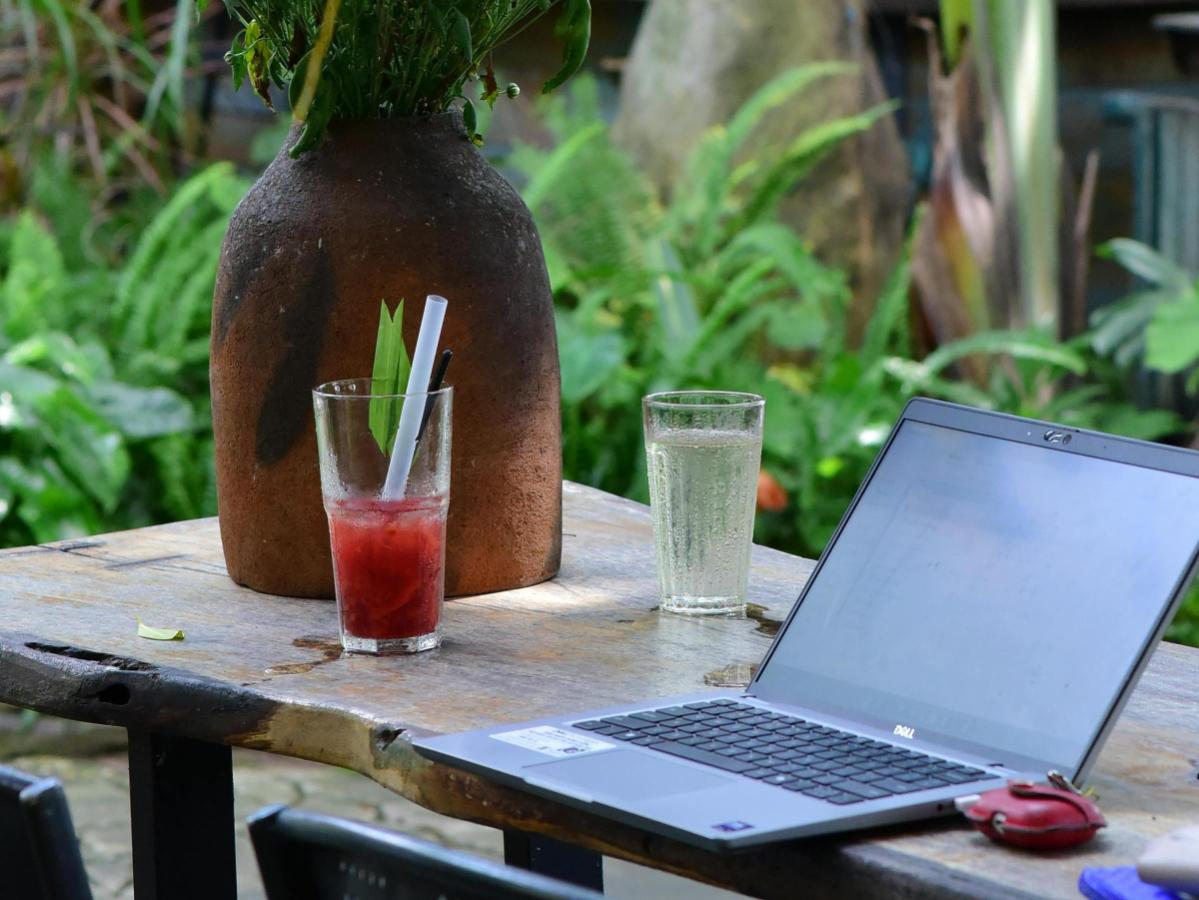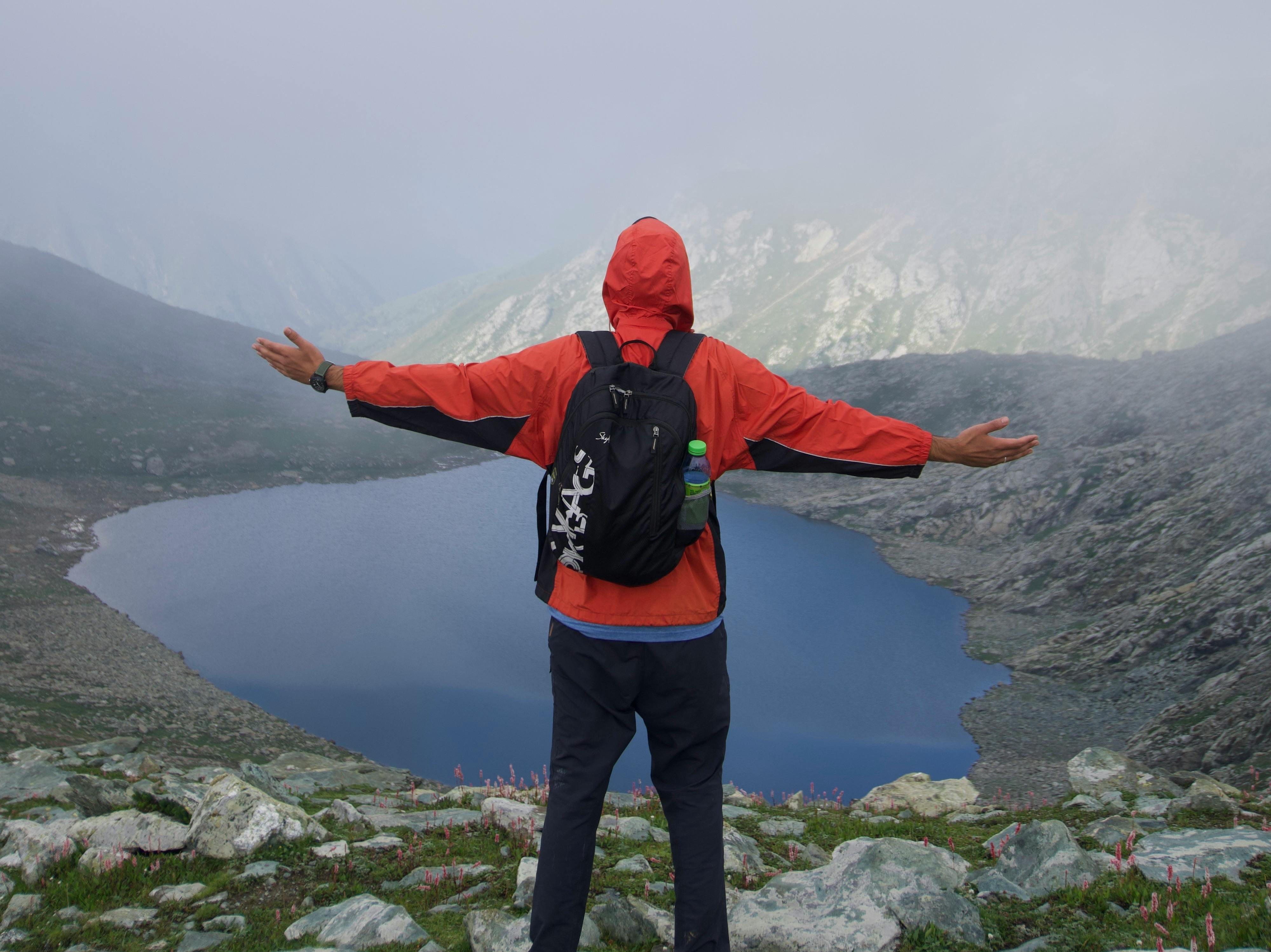
Introduction: The Himalayan Workation Dream
The idea is captivating: swapping the morning commute for a walk through a pine forest and taking Zoom calls from a balcony with snow-capped peaks in the background. This is the promise of a workation in Himachal Pradesh, a lifestyle shift embraced by a growing number of professionals leaving cities like Delhi and Mumbai behind. Driven by the rise of remote work, this "Work from Hills" phenomenon is more than a trend; it's a move toward wellness, creativity, and a healthier work-life balance.
But what lies beyond the picturesque Instagram posts? Is a workation in the Himalayas truly practical? The answer is yes—if you plan it right. This guide offers a realistic look at setting up your remote workstation in Himachal, balancing the incredible benefits with the on-the-ground challenges to ensure your mountain retreat is both productive and peaceful.
Part 1: The Pros and Cons of a Himalayan Workation

A successful workation begins with a clear understanding of what to expect. Here’s a balanced look at the highs and lows.
The Upside: Why It’s Worth It
- A Boost for Your Mind and Creativity: Nature is a proven antidote to burnout. The serene Himalayan environment helps reduce stress, improve focus, and spark creativity, creating a positive mental state linked to higher job satisfaction and engagement. It’s a chance to break free from routine and find fresh inspiration.
- Adventure at Your Doorstep: Work-life balance gets a serious upgrade when your weekends (and even evenings) can be spent trekking to Triund, paragliding in Bir Billing, or finding a quiet spot by a river. Leisure is no longer a separate event but an integrated part of your daily life.
- A Vibrant Community: Far from being isolating, popular hubs like Dharamshala, Manali, and Bir are buzzing with digital nomads, artists, and entrepreneurs. These communities offer fantastic opportunities for networking, collaboration, and making new friends.
- Cost-Effective Living: For many, the financial benefits are a major draw. Long-term rentals and daily living costs in Himachal are often significantly lower than in major metro cities, making it a budget-friendly choice.
The Reality Check: What to Prepare For
- The Connectivity Question: While internet infrastructure has improved dramatically, it’s not always perfect. Unpredictable weather can cause network drops, making a reliable connection the most critical factor to verify before you book.
- Power Cuts are Real: Power outages are a part of mountain life, especially during monsoon season and heavy winters. For a remote worker, this can disrupt deadlines and meetings, making a power backup system (like an inverter) an absolute must-have.
- The Convenience Gap: The instant gratification of city life—like fast grocery delivery apps—doesn’t exist here. It’s a "walk-to-the-local-store" lifestyle that requires more planning for daily needs. In more remote areas, you may find limited transport and zero online delivery services.
Part 2: Your Blueprint for a Seamless Workation
A little planning goes a long way. Focusing on the right location and infrastructure will set you up for success.
Choosing Your Basecamp: Find Your Vibe
Himachal’s destinations each have a unique personality. Match your work style to the right valley.
- For the Social and Spiritual: Dharamshala and McLeod Ganj offer a mix of Tibetan culture, bustling cafés, and a strong remote work community. It’s well-connected and full of energy.
- For the Adventurous: Manali is the classic choice for those who want easy access to trekking, river rafting, and a lively town atmosphere. Nearby villages like Naggar offer a quieter, more artistic vibe.
- For the Digital Nomad: Bir Billing, the paragliding capital, is a digital nomad favorite for its laid-back feel, great cafés, and strong community.
For Peace and Quiet: Tirthan and Jibhi valleys are perfect for writers, thinkers, or anyone seeking solitude. For an even deeper retreat, Sainj Valley offers rustic homestays with the bare essentials for focused work amidst pure nature.
| Destination | Best For | Connectivity & Vibe |
|---|---|---|
| Dharamshala/McLeod Ganj | Community & Culture | High energy, great cafes, good connectivity. |
| Manali/Naggar | Adventure & Socializing | Bustling town, adventure sports, good amenities. |
| Bir Billing | Digital Nomads & Paragliding | Laid-back, strong community, adventure hub. |
| Tirthan/Jibhi/Sainj | Deep Work & Solitude | Tranquil, nature-focused, variable connectivity. |
The Non-Negotiables: Internet and Power
Your productivity depends on two things: a stable internet connection and a reliable power source.
- Internet: The myth of the Himalayas as a "no-network zone" is outdated. Providers like JioFiber and Airtel Xstream Fiber now offer high-speed plans (100-300 Mbps) in popular towns like Dharamshala, Manali, and Shimla. Cafes in Dharamkot have been clocked at speeds up to 200 Mbps. However, service can still be inconsistent, so always confirm with your host.
- Power Backup: Power cuts happen. Do not book a stay without confirming they have a 24/7 power backup system, like an inverter or generator. This is non-negotiable for any serious remote worker.
- Mobile Hotspot: Always have a backup. Jio and Airtel 4G/5G offer surprisingly good coverage in many valleys and can be a lifesaver when your primary connection fails.
Budgeting Your Himalayan Stay
A workation can be affordable, but it’s important to budget realistically. A cheaper rent in a remote village might mean more time and effort spent on daily logistics.
- Accommodation: Costs vary widely. A 1BHK in Manali can range from ₹8,000 to ₹20,000 per month, while a similar flat in Shimla is around ₹8,000–₹15,000. In more offbeat areas, long-term hostel stays can be as low as ₹12,000 a month.
- Daily Expenses: Cooking is the most economical option, with monthly groceries for one person estimated at ₹4,000–₹10,000. A meal at a local eatery costs around ₹150–₹300.
Estimated Monthly Budget (Solo Traveler)
| Category | Hub (e.g., Manali) | Offbeat (e.g., Tirthan) |
|---|---|---|
| Accommodation | ₹15,000 - ₹25,000 | ₹10,000 - ₹18,000 |
| Food & Groceries | ₹8,000 - ₹12,000 | ₹6,000 - ₹9,000 |
| Utilities & Misc. | ₹4,000 - ₹6,000 | ₹3,000 - ₹5,000 |
| Total Estimated Cost | ₹27,000 - ₹43,000 | ₹19,000 - ₹32,000 |
Part 3: Finding the Perfect Remote Workstation
Instead of gambling on the basics, the smartest approach is to choose a remote workstation that is already set up for productivity. This is where curated platforms and dedicated workation stays come in.
The goal is to find a "plug-and-play" solution where the essentials are guaranteed, so you can arrive and get straight to work.
What to Look For in a Remote Workstation:
- Verified High-Speed Wi-Fi: Don't just take their word for it. Look for places that explicitly mention high-speed fiber connections and have reviews from other remote workers to back it up.
- Guaranteed Power Backup: A 24/7 inverter or generator is essential. This should be a standard feature in any stay marketing itself to professionals.
- Comfortable Workspace: An ergonomic chair and a proper desk can make all the difference. Avoid working from a bed all day.
- Community and Support: Co-living spaces like AltSpace and Ghoomakad in the Dharamshala area offer not just infrastructure but also a built-in community of like-minded people, which is great for networking and staving off isolation.
Conclusion: Your Most Productive Escape Awaits
A workation in Himachal Pradesh can be a transformative experience, boosting your well-being and creativity. The key to making it a success lies in smart planning. By anticipating the challenges of connectivity and power and choosing a remote workstation that has already solved these problems for you, you can eliminate the stress and uncertainty.
Focus on finding a place that offers verified Wi-Fi, guaranteed power backup, and a comfortable setup. With the logistics handled, you’ll be free to concentrate on your work, soak in the incredible scenery, and enjoy the unique lifestyle the Himalayas have to offer.
